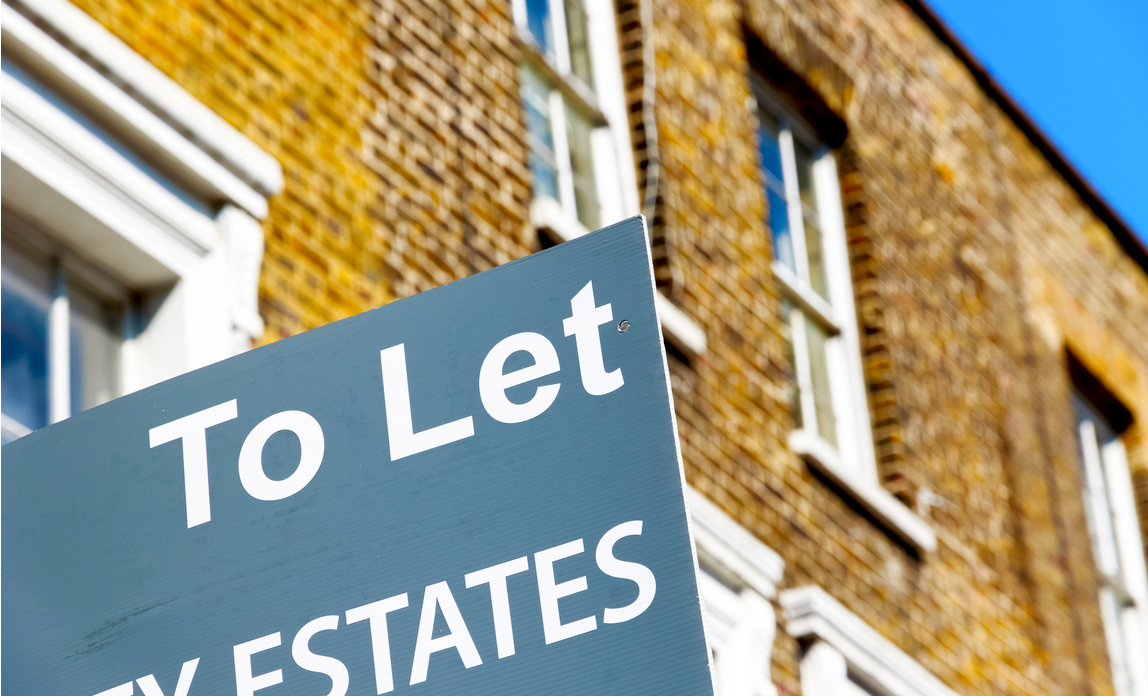
Some sectors of the market have slowed, but people are still ready and waiting to buy the right type of property.
Significant changes are on the horizon for the buy-to-let market. Some of which will present challenges to landlords where older properties will be required to meet certain regulations in the coming years. Up to two-thirds of UK rental homes are not energy efficient according to a recent study, so there’s certainly work to do…
Making Your Rental Property More Energy Efficient
With change happening fast, landlords need to look to the future. The housing market, like many others, is facing the ongoing issue of supply and demand meaning renovations and improvements to properties could take longer than expected. This poses a challenge for those with multiple properties to bring up to the new standards. Landlords should consider:
From December 2025, landlords who currently own or, wish to buy, need to ensure their rental properties hold an Energy Performance Certificate (EPC) rating of ‘C’ or above for new tenancies. This extends to December 2028 for existing tenancies.
A Positive Outlook For The Buy-To-Let Market
Despite the challenges and changes that landlords will be facing in the coming years, property is still a popular and well-travelled path for investors. A recent study by Octane Capital puts the UK in fourth position in terms of the size of its worldwide rental market. UK buy-to-let only falls behind the US, Germany, and Japan in terms of the number of rented homes it contains. With increasing landlord confidence, low mortgage rates, and rising rental yields, the buy-to-let market should get a further boost as we move into the next half of 2022.
The Demand For Buy-To-Let Has Increased
With more people than ever working remotely, the market has seen an increase in people moving to where they want to live, rather than simply living close to their workplace. The market has expanded. We’re seeing and hearing the demand growing. 42% of landlords reported increased demand for their properties in the past 12 months. There is also the rise of inflation and the increasing cost of living to consider, resulting in higher wages and rent. This will bring higher yields back to the sector, encourage more investment activity, and further demand for buy-to-let properties.
Financing Your Buy-To-Let Property
When it comes to financing buy-to-let properties there are options on the market. Lenders understand that to remain competitive they need to be flexible. Lenders are competing on rates, pricing, and criteria to tap into those clients who have more complex requirements. We are seeing an increase in more bespoke mortgage plans and completely new mortgage options such as green mortgages.
What Is A Green Mortgage?
Our homes contribute to over a fifth of the UK’s total CO2 emissions. To try to combat this, developers are now subject to strict rules and regulations to make new build homes greener. Solar panels, electric car charging points and efficient insulation are now regular features in new homes. Green mortgages are also set to increase in the coming years. Lenders offering green mortgages are becoming more common as the industry moves towards a greener future and prepares for the introduction of Minimum Energy Efficiency Standards (MEES) in 2025.
Put simply, a green mortgage in the UK is an incentive to buy or invest in an energy-efficient property. Lenders will offer lower rates of interest or cash back when taking out a green mortgage. There are terms and conditions for green mortgages including minimum energy ratings and an Energy Performance Certificate (EPC) at B or above. Green Mortgages can apply to new builds, self-build, renovations, and conversions. Options like this instil confidence in investors, as it highlights that the market is changing with the times.
Prosperity Wealth can provide solutions for all types of clients. To talk to our mortgage manager, Lichelle Samra, get in touch with us here. Our expert team will be happy to support you on your property investment journey.
Alternatively, view our current developments.